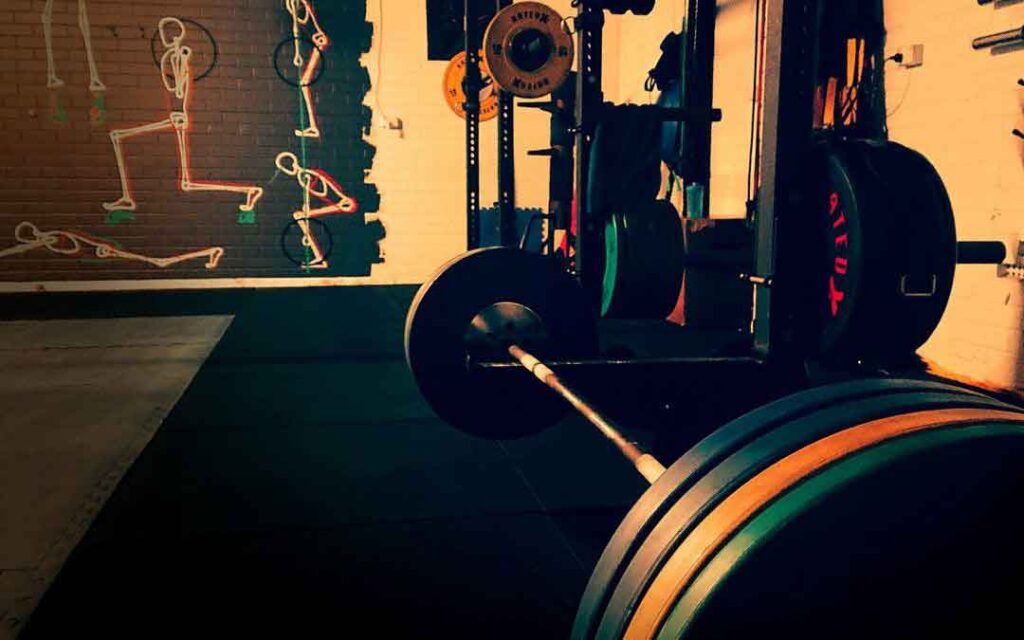I’m a Runner – Why should I do Strength Training? Can’t I just run?Yes you can do sport specific training and choose to only run in your exercise routine, if that’s what you want to do, that’s completely fine. You can improve by just having a crack at running ‘more’, you can improve even more by making sure your running program is well balanced and structured to include different types of running training. However, there’s many benefits of strength/resistance training for any discipline (running, swimming, dancing, martial arts, netball…) and for your everyday life (counteracting sitting at a desk at work, keeping up with your kids in the park, gardening in the backyard, moving furniture around the house..). Faster building of muscles and strength, better posture and alignment, more efficient movement, injury prevention and rehabilitation (prevention is obviously best)… It makes sense that becoming stronger is a good thing, but that doesn’t mean you have to dedicate every spare minute to the gym and compete in strongman contests, it’s not an ‘all or nothing’ situation (like most areas of life, it’s about finding a balance). As runners, some supplementary strength training can be a great addition to your training program. I’m going to touch on the reasons why/how in this post and will sporadically throw out more info on the subject, between exercise posts, in the future.
Why? – Part 2 – Injury Prevention and RehabilitationFollowing on from my last post about why strength training is useful for us trail runners, I’d like to talk about injuries today.Obviously injuries aren’t good and we want to avoid them. However no one is totally immune to injuries! Whether you’re just starting out on your 1st Green course or getting up on the podium for the Double Black, little niggles through to big debilitating injuries are a real potential risk of pushing your limits, during training or events/challenges.Common possible causes of injury can be from increasing training load too quickly, lack of variety in the training program, poor running technique, lack of strength in the muscles and/or tendons for the challenge you’re attempting and of course you can be injured in a totally unrelated activity like dropping the keys and bending over awkwardly to pick them up. Even those with great prowess can get injured, from regularly pushing through the performance ceiling aiming for new heights, which also comes with potential risk of injury. However an injury is sustained, at whatever level your ability, it still negatively affects your running performance which is bloody frustrating hmmm I mean very undesirable..Once injured, you may not be able to get straight back ‘on the horse’ and hit the trails without skipping a beat. So rebuilding your strength in the gym, with carefully programmed exercises can speed up the transition from rehabilitation to regular training, without aggravating the injury.The great thing about resistance exercises is that they can be tailored to your situation by controlling/changing the elements of each exercise. Choosing the exact muscle groups you want to target, adjusting the angles, ranges and limits of motion, using correct load/resistance to work the injury enough for adaptation without harming it and then incrementally increasing the load as it strengthens. And all done in small, safe number of repetitions compared to the thousands of reps/steps when running.Once the injury has been rehabilitated it can still haunt you in the future, so regular maintenance of old injuries is really important to prevent it happening again. You want to continue strengthening the weakness caused by injury and the muscles that support and work together in your movement, to supplement your running training.In prevention of new injuries you are using resistance training to increase your sport specific and overall strength, range of motion and balance in musculature to help your body move in the most natural way possible with ample strength to handle your running load. The resistance training also helps you understand the muscles and movement used in running, how the muscles work and what they’re capable of or not. Getting in tune with your body and knowing your abilities and limitations will help avoid getting injured in the first place. This is a very brief summary of how strength training can help prevent and rehabilitate injuries, you don’t need to know all the science behind it, however if you understand that resistance training can be useful, hopefully you’ll start incorporating it into your training. Neither is this a step by step, do this and you will avoid or fix injuries, however all the strength exercise videos I post are deliberately chosen as they are great for building your sport specific and overall strength.
Train hard, train smart
Ricey ![]()
![]()




